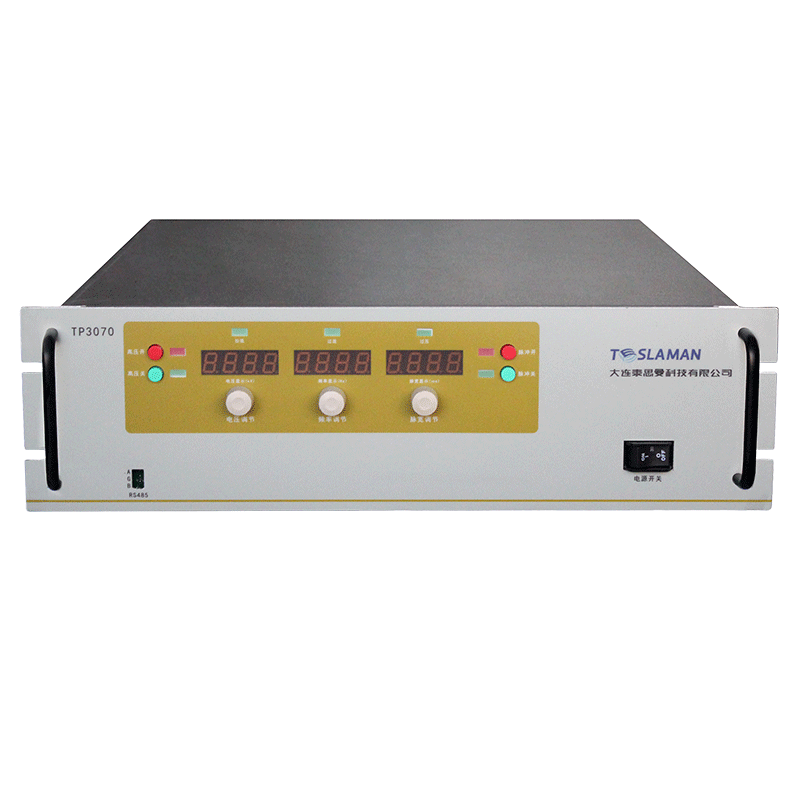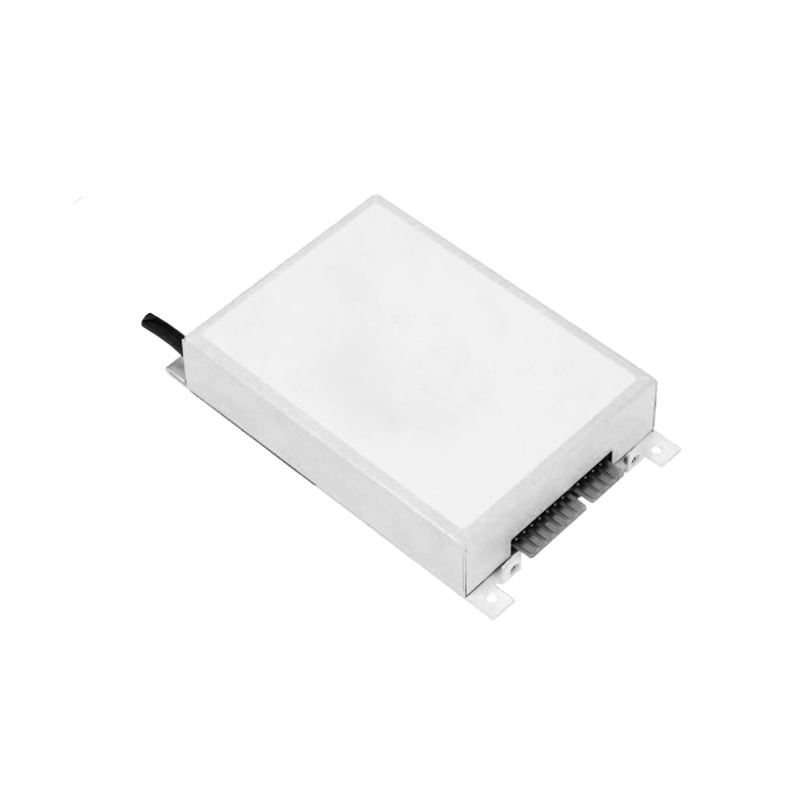Key Technologies of High-Voltage Power Supplies in Radiation Detection
In the field of radiation detection, high-voltage power supplies serve as core components, and their performance directly determines the sensitivity, accuracy, and reliability of detection equipment. Facing complex and variable radiation environments and high-precision detection requirements, the key technologies of high-voltage power supplies are constantly evolving to meet increasingly stringent application demands.
Stability control technology is crucial for high-voltage power supplies in radiation detection. Since radiation detectors are extremely sensitive to weak signals, even the slightest fluctuations in the power supply output can interfere with detection results. To address this issue, high-voltage power supplies adopt high-precision closed-loop feedback control systems. By monitoring the output voltage and current in real time and using Proportional-Integral-Derivative (PID) control algorithms to dynamically adjust the power supply, stable output is ensured. Meanwhile, the power supply's filter circuit is optimized to reduce ripple interference, further enhancing the purity of the output and providing a stable working environment for radiation detectors.
High-precision output technology represents another significant breakthrough for high-voltage power supplies. Different types of radiation detectors, such as gas detectors and scintillation detectors, have varying requirements for supply voltage. High-voltage power supplies achieve precise adjustment of the output voltage through advanced digital control technologies. For instance, the voltage resolution can be improved to the millivolt level, meeting the diverse working voltage requirements of detectors and thus enhancing the detectors' energy resolution and detection efficiency. Moreover, to adapt to multi-channel radiation detection systems, high-voltage power supplies are equipped with multi-channel independent output functions. Each output channel can be adjusted independently without interference, enhancing the flexibility and adaptability of the system.
Low-noise design technology is equally indispensable for high-voltage power supplies used in radiation detection. Electromagnetic interference and noise within the power supply can severely impact the weak signals of detectors. Therefore, high-voltage power supplies employ various noise reduction measures, such as optimizing the power supply topology to reduce electromagnetic interference generated by high-frequency switching devices, using shielding technology to isolate internal electromagnetic radiation, and selecting low-noise electronic components to minimize self-generated noise. Through these comprehensive means, the noise level of the power supply is effectively reduced, and the signal-to-noise ratio of the detector is improved, making the detection results more accurate and reliable.
Intelligent management technology is a new trend in the development of high-voltage power supplies. In radiation detection applications, high-voltage power supplies are equipped with intelligent monitoring modules that can collect real-time operating status parameters, such as voltage, current, and temperature. Through data analysis and fault diagnosis algorithms, potential fault hazards of the power supply can be promptly identified, and early warnings and self-protection measures can be implemented. Additionally, intelligent management technology supports remote control and parameter adjustment, enabling operators to configure and manage high-voltage power supplies remotely according to actual detection requirements, thereby improving work efficiency.
The key technologies of high-voltage power supplies in radiation detection are continuously innovating and developing, providing strong support for the improvement of radiation detection equipment performance. With the continuous advancement of technology, high-voltage power supplies will play an even more important role in the field of radiation detection, driving related technologies to higher levels.




















